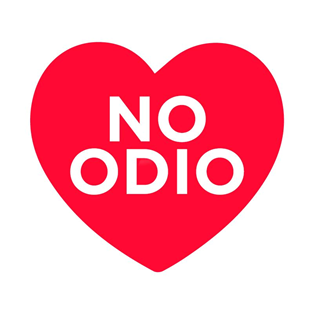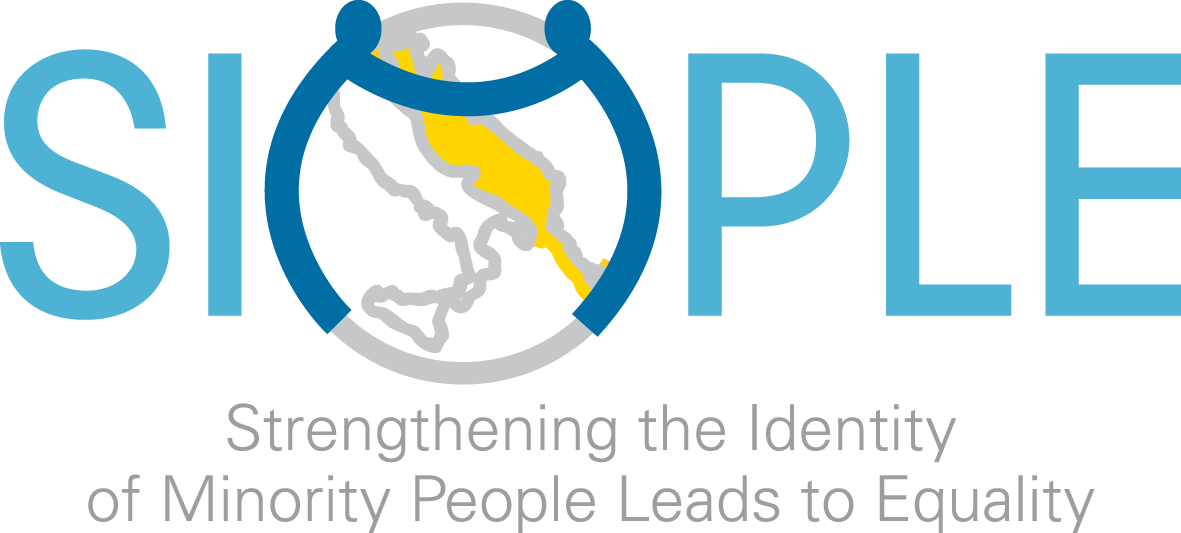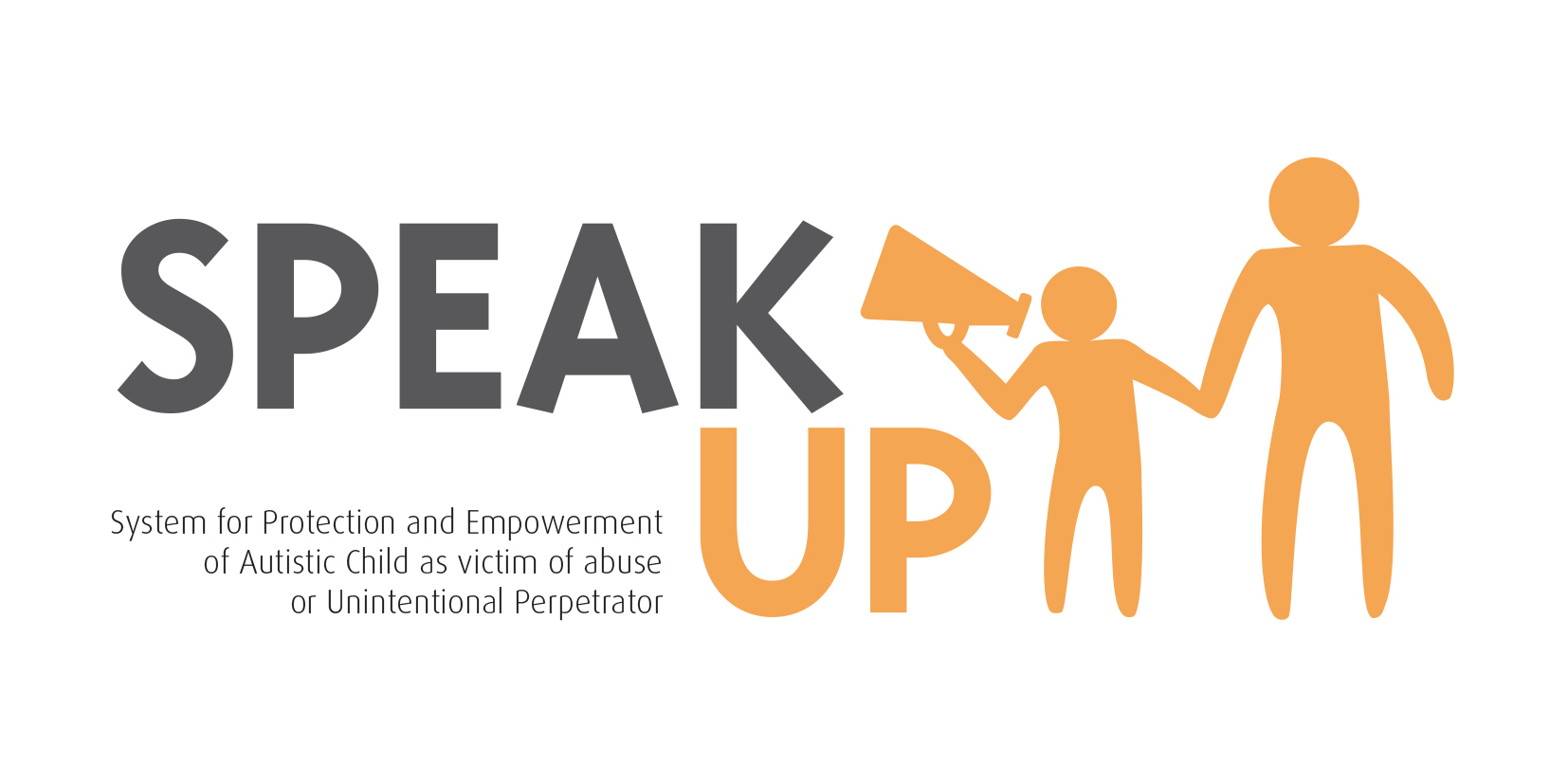Research project box file
Innovative instruments and tools for the control and management of social sustainability in the planning of infrastructures and architectural works
Research Team
The research is guided by Arch. Luca IPPOLITI – Ph.D. in Culture Technology and environmental planning, in collaboration with PROGETTI SOCIALI s.r.l. Social Enterprise and the Faculty of Architecture (Department of technologies for the built environment – DiTAC) of “G. d’Annunzio” University of Chieti-Pescara, within the Special Multiaxes Project “Reti per la conoscenza e l’orientamento tecnico-scientifico per lo sviluppo della competitività” (RE.CO.TE.S.S.C) financed by the OP E.S.F. Abruzzo 2007/2013 – Operative Plan 2007/2008
The research will end in December 2010
Background
Today, too often, the traditional building design disregards variables of scenario and impact which are crucial both for the sustainability and for the success of strategic and business initiatives. The design of infrastructures and architecture works, as well as more generally the organization of human activities in progress, should take into account not only the material needs of affected communities, but also aspects of “social” quality and environmental protection that can be discriminant with respect to their feasibility and public validation, such as, for example, the need for “well being” in places where we live and work and finding substantial congruence with everyone own system of values and expectations. In this lies the need to monitor and evaluate those standards that ensure positive impacts on societies in terms of, not only environmental or strategic, but also social, cultural and economic aspects.
In this sense, therefore, it is very necessary to develop appropriate methodologies to serve as a tool for deciphering and classifying of the complexity of factors and – looking at them within a broader systemic approach – are able to identify and represent the “behaviour” of the “environment-infrastructure/architectural work” in order to assess and guide the “attractiveness capacities” of the spatial and functional components, establishing the invariant ones in which can vary the activities that shall be in it considered eligible. In other words, it assimilate the built environment as a living organism capable of expressing, like an active subject, its conduct in a capacity to meet both tangible and “intangible” needs, a skill that will be as much appropriate as longer corresponding to the expectations of the users or of all stakeholders.
Making use of ideas and procedures from various sources as well as of models already made for social impact assessments, the research is specifically aiming to develop an interpretative model that analyzes the interactions between man and environment, and conceives space, place and built as elements which may enable, in an individual, mental processes such as cognitive representations associated with them, the affective and emotional reactions they cause, the social behaviours that cause or hinder them.
Objectives
To build a new set of preparatory tools for the design, able to read, control and manage, in its development, the urban and territorial body in relation to the changing values and needs of the man, facing a reality characterized by extreme complexity and instability.
Methodology
-
To identify and understand the components that characterize the enabling environment, by establishing a system of needs that aims at satisfying human needs, also on the basis of the principles of social impact assessment.
-
Devise and implement a set of synthetic indicators allowing the possibility to capture the essential aspects and the actual or potential criticalities of its components, and then to assess the environmental conditions, the pressures, the effectiveness of interventions and, finally, to follow up the performance over time.
Expected results
From the research product – a methodological tool able to monitor and manage infrastructure and settlement systems in their multiplicity and variability – we expect the following results:
-
a new modus operandi in the “design doing”, which carries out the priority of the definition of the desired effects on the search for appropriate solutions of infrastructure born by the public or private initiative;
-
the availability of methodologies for monitoring and management of complex systems, composed of heterogeneous elements and in relation one to each other, in favour of Abruzzo companies involved in planning and execution processes of strategic infrastructure;
-
the development of suitable tools to anticipate design solutions based on the principles of sharing among a multiplicity of public and private actors.
 contacts
contacts
















